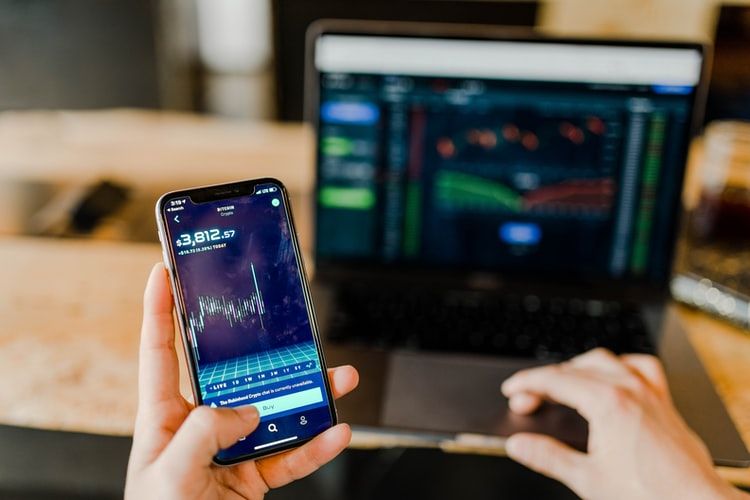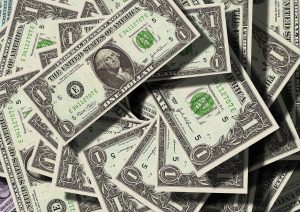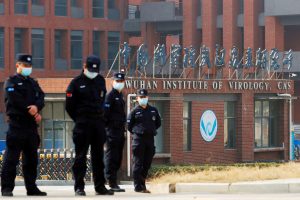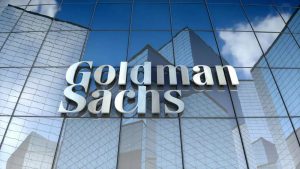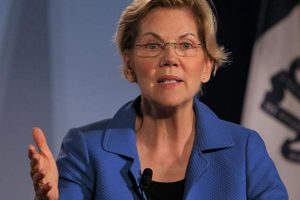India’s GDP fell by 23.9% in April-June, much more than forecast and pointing to a longer than previously expected recovery with analysts calling for further stimulus. The contraction was the biggest since New Delhi started publishing quarterly statistics in 1996, and the latest figures came as the country’s coronavirus cases surged past 3.6 million.
The steep dip in the world’s fifth-largest economy reflected the impact of the months-long lockdown imposed to slow the spread of coronavirus.
The virus restrictions dealt a severe blow to an economy already struggling with a protracted slowdown through 2019, hit by the twin shocks of shrinking consumer demand and rising unemployment levels.
Also read: ‘Distractions through media won’t help the poor’: Rahul Gandhi hits out at Centre
The decline was worse than expected, with a survey of economists by Bloomberg earlier predicting a contraction of 18%.
Several economists and analysts felt that the year could see a contraction of nearly 10%. Experts also said that it would take a while for the Indian economy to bounce back.
“Given the limited fiscal space and the need to stimulate a more durable growth, the growth recovery will be gradual and is likely to continue into 1H FY22,” Suvodeep Rakshit, senior economist at Kotak Institutional Equities, Mumbai told Reuters.
Consumer spending – the main driver of the economy – dropped 31.2% year-on-year in April-June compared to a 2.6% fall in the previous quarter, data showed, while capital investments were down 47.9% compared to a 2.1% rise in the previous quarter.
A Mumbai-based economist, Ashutosh Dhar, said that the economic gloom was unlikely to lift for the ‘next few quarters’.
“The entire quarter was spent in lockdown and it was a complete washout for the Indian economy. We started publishing quarterly growth figures only from 1996 and this is the worst quarterly performance on record ever since,” Dhar told AFP.
According to the data, gross value added (GVA) growth in the manufacturing sector contracted by 39.3% in the first quarter of 2020-21, from 3% expansion a year ago.
“This is a health crisis that has metamorphosed into an economic crisis,” State Bank of Baroda chief economist Sameer Narang told AFP.
“Manufacturing, trade, construction, transport and communication have all suffered.”
With the exception of agriculture, which registered modest growth, every other sector showed sharp losses. Construction activity was halved, while manufacturing plummeted by nearly 40% compared to the previous year.
Prime Minister Narendra Modi had announced a $266 billion package — 10% of the country’s GDP — to revive the battered economy, while the RBI, India’s central bank, has slashed interest rates and transferred billions of rupees in annual dividends to the government.
But the measures have yet to yield any positive economic impact or spur a pick-up in demand, while inflation has jumped to over six percent — far above the bank’s target range of four percent.
Rising inflation and unemployment have sharply hit demand, analysts said, underlining the need for the government to act quickly to jumpstart the economy.
“We have ample reasons to be pessimistic about demand as there is a huge… job and income loss so demand will not (return) rapidly,” said Sujan Hajra, a Mumbai-based economist with Anand Rathi securities.
“The Modi government has to come forward with some form of fiscal stimulus urgently to help economic recovery.”
As the economy has contracted, coronavirus infections have hit new records across the country. India on Tuesday reached almost 65,000 virus deaths, overtaking Mexico with the world’s third-highest toll behind the United States and Brazil. The nation of 1.3 billion also has the third-highest number of infections worldwide.

